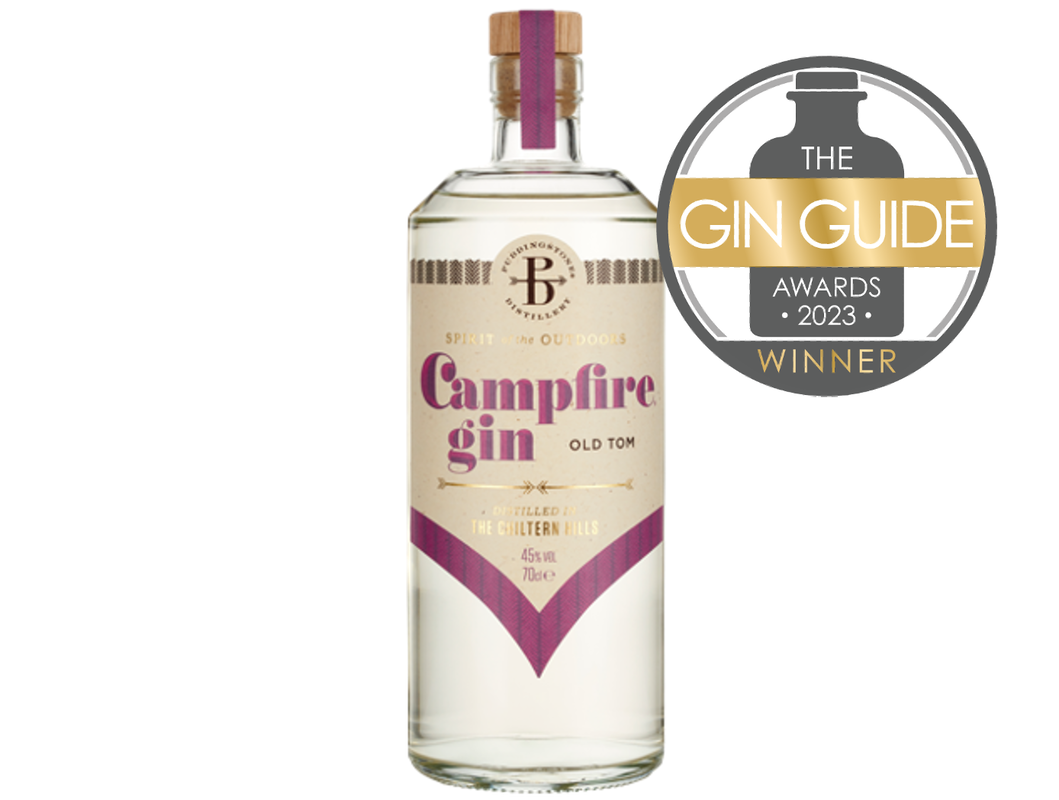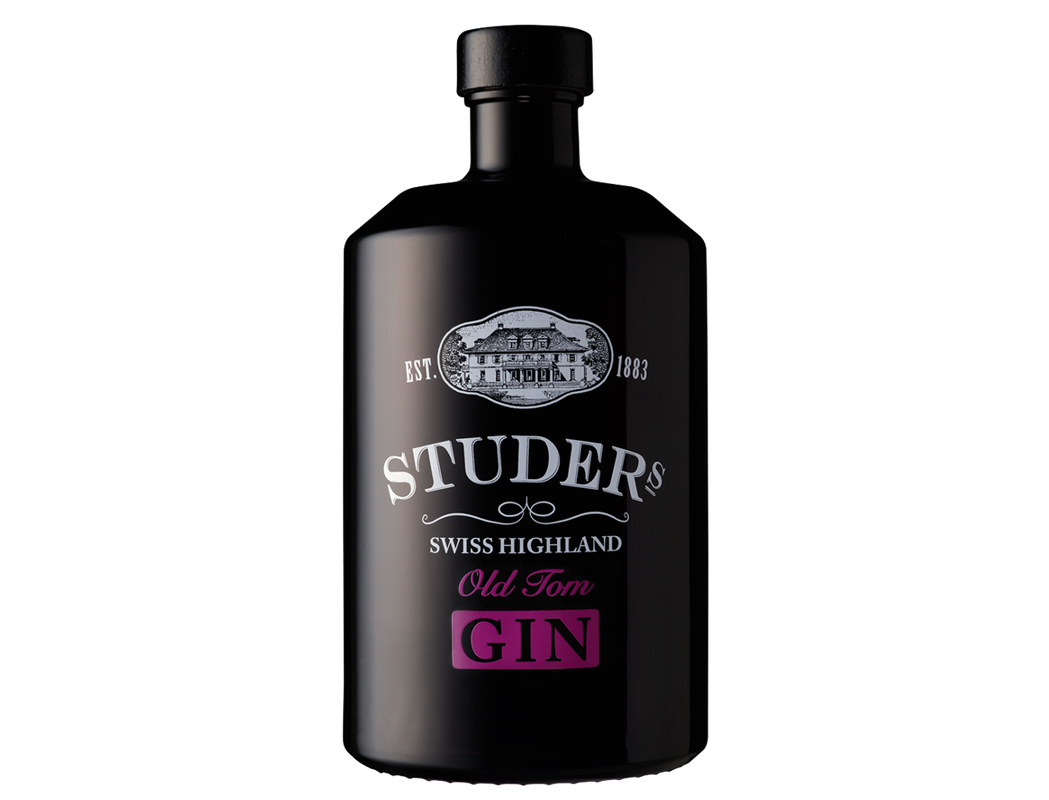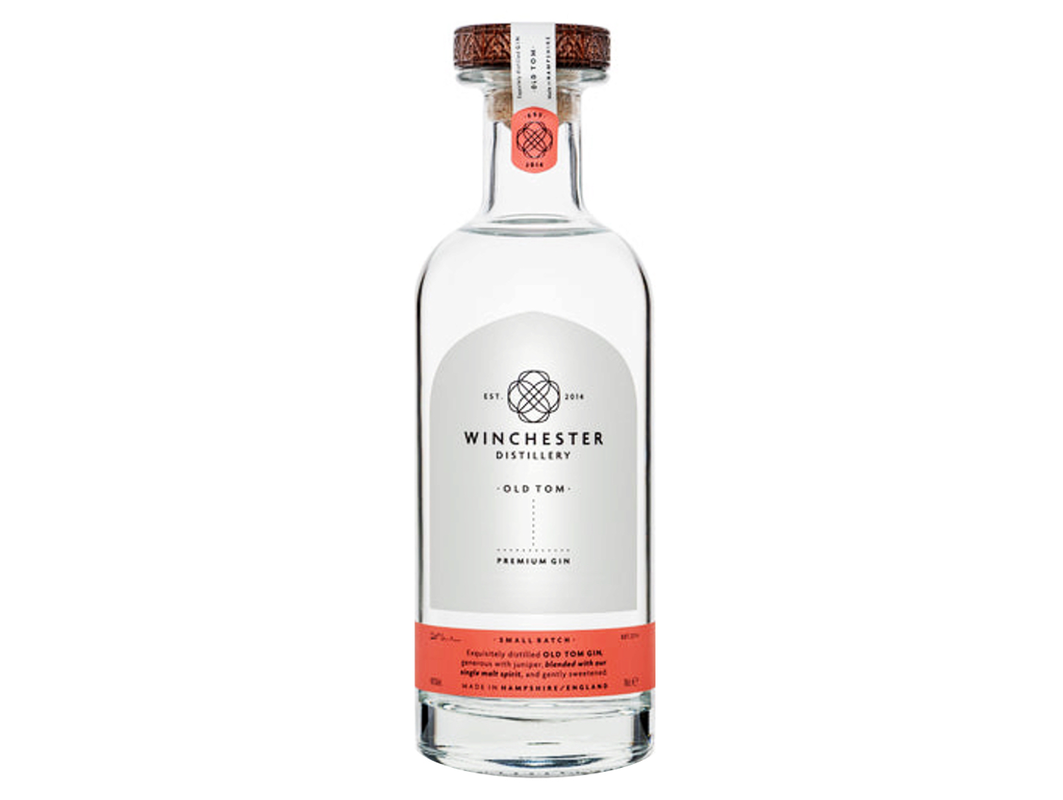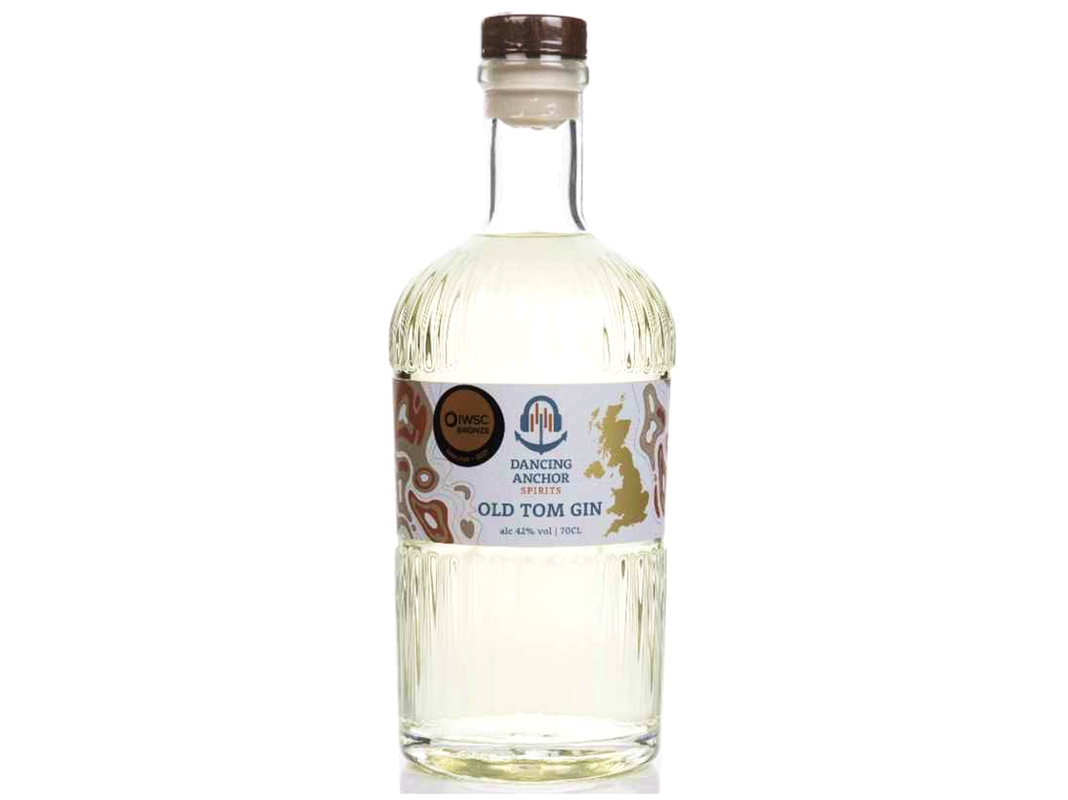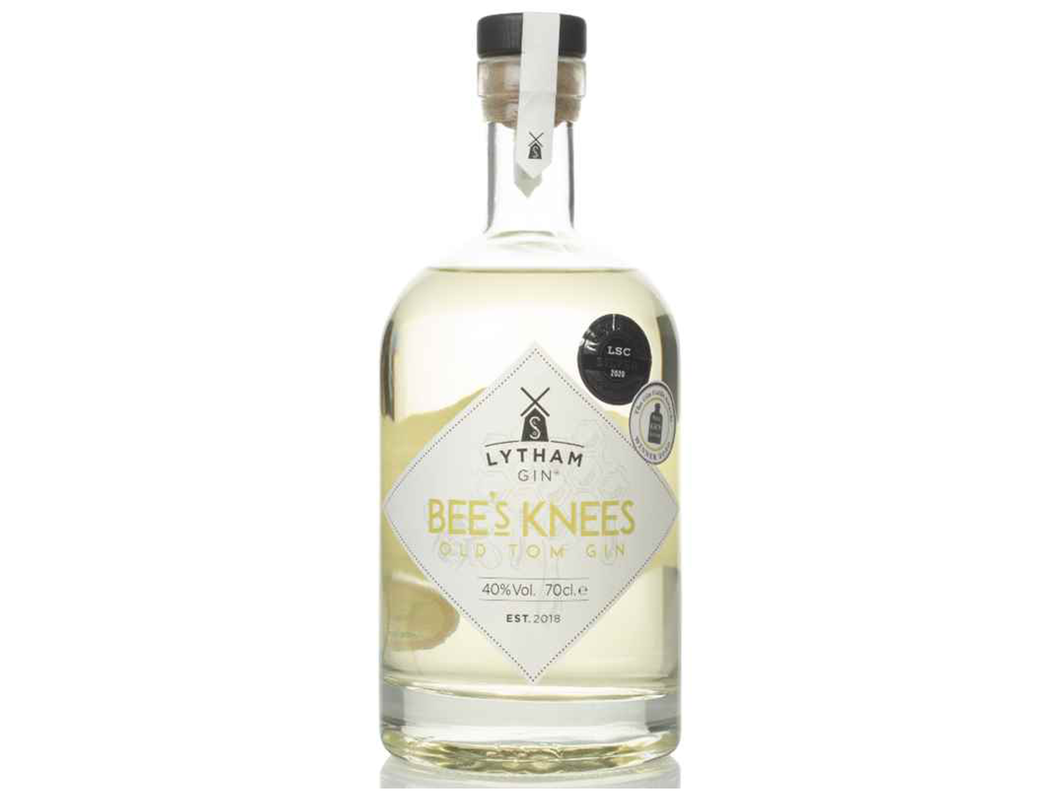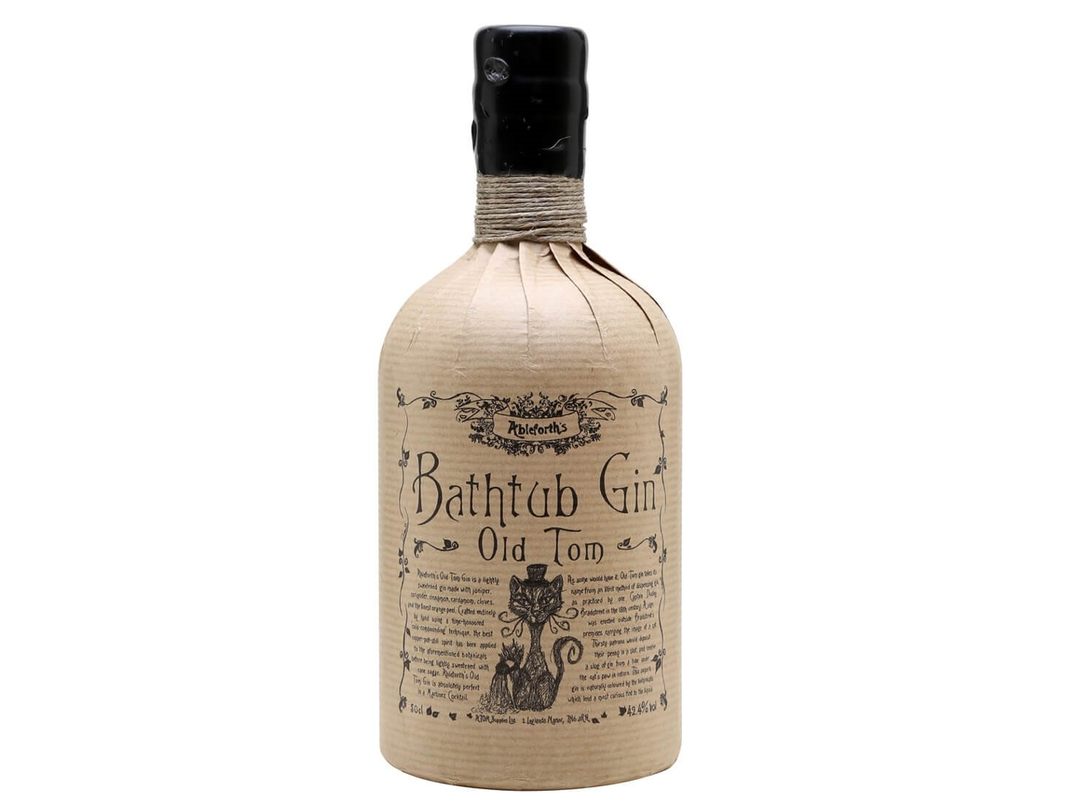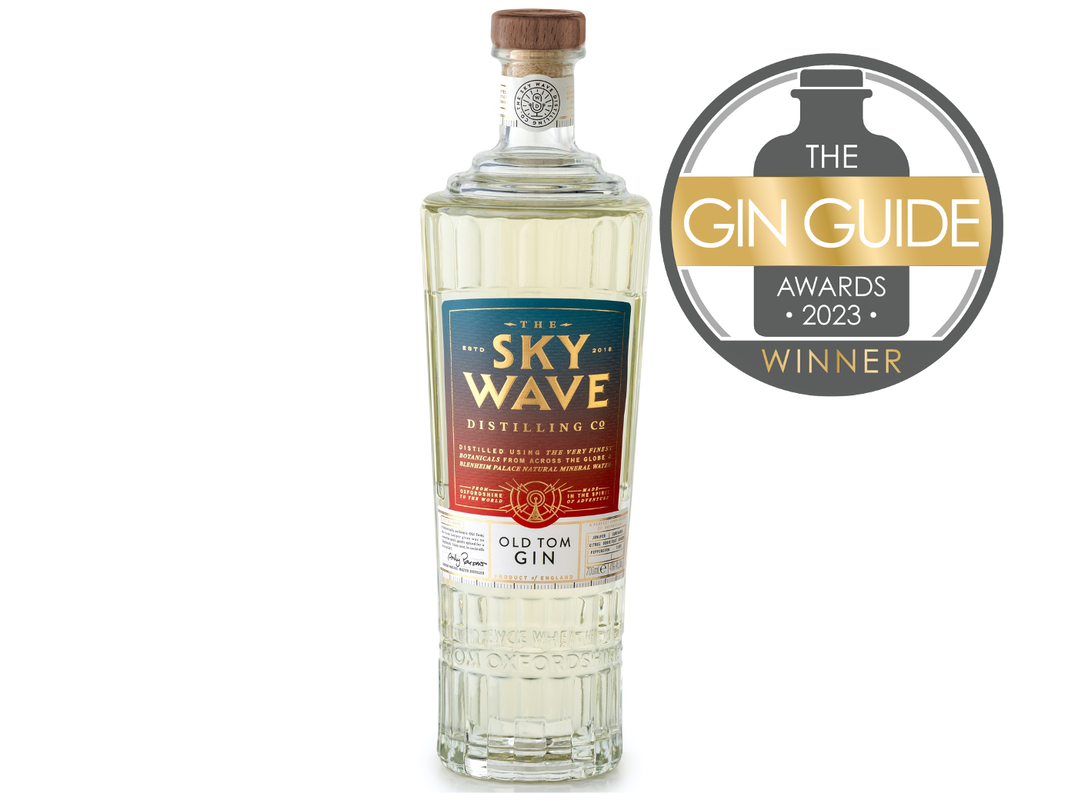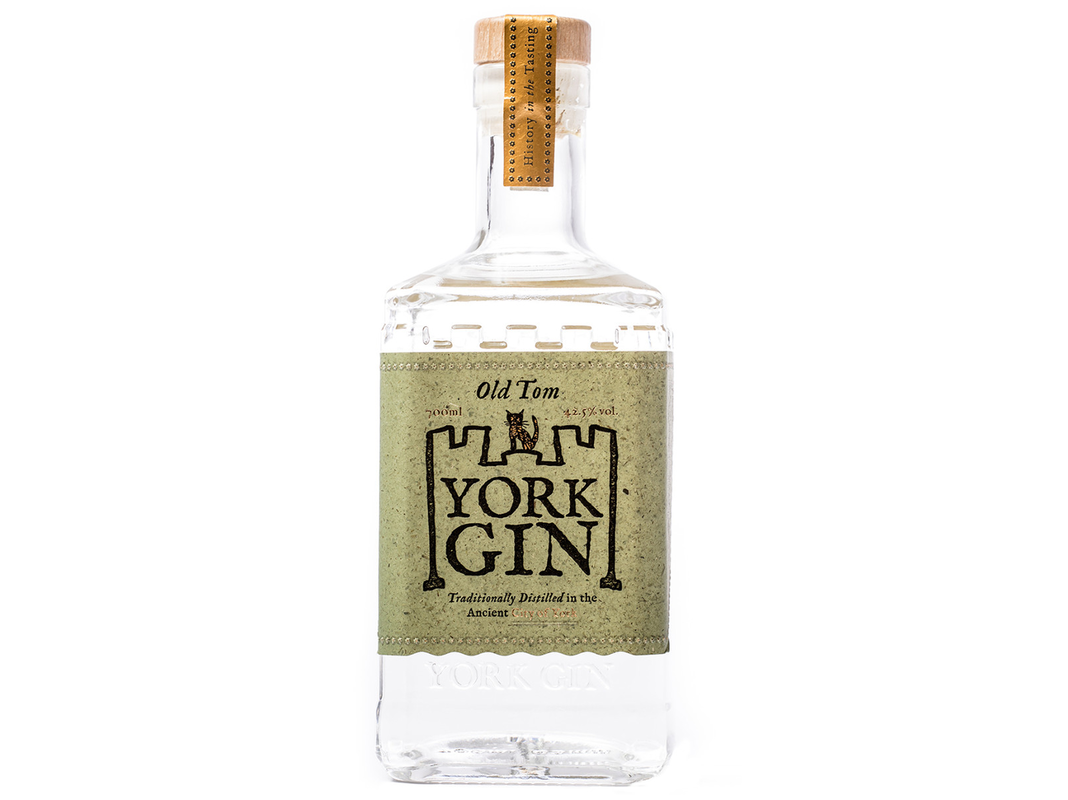Old Tom Gin Guide
Reviews, History & Cocktails
Discover Old Tom Gin information, garnishes and serving suggestions, definitions and history, and some of the world's best Old Tom Gins in our ultimate guide to Old Tom Gins. Find out the common ingredients, what makes an Old Tom Gin different, and where the colour seen in many Old Tom Gins comes from. Whether you are a seasoned drinker of Old Tom Gins or exploring them for the first time, there's something new and interesting to enjoy.
What is an Old Tom Gin?
Old Tom is a sweetened style of gin which emerged with great popularity in the 18th and early 19th century. At the time distilling was basic and the spirits being produced were often very harsh, and sometimes made even harsher by distillers adding the likes of turpentine to them in order to increase their profit margins. To conceal this and make gins more palatable the distillers began sweetening their gins with sugar or liquorice root, creating gins that were lighter than the malty Dutch Genevers that preceeded them and sweeter than the London Dry Gins which followed.
The popularity of sweetened gins declined in the 19th century as the quality of gin improved and a trend for drier spirits was emerged, in part inspired by fashionable dry Champagne. In the past 10-15 years Old Tom Gins have had a resurgence as distillers explored historic styles and the popularity of cocktail making has grown. Thankfully with no turpentine in sight, modern Old Tom Gins are typically given their sweetness (and often a pale golden colour) in one of the following ways:
The popularity of sweetened gins declined in the 19th century as the quality of gin improved and a trend for drier spirits was emerged, in part inspired by fashionable dry Champagne. In the past 10-15 years Old Tom Gins have had a resurgence as distillers explored historic styles and the popularity of cocktail making has grown. Thankfully with no turpentine in sight, modern Old Tom Gins are typically given their sweetness (and often a pale golden colour) in one of the following ways:
- Honey: added post-distillation for a honeyed and sometimes gently floral sweetness.
- Sugar / Sugar Syrup: added post-distillation for a classic sweetness.
- Botanical Sweetness: imparted during distillation e.g. from liquorice, malted barley, or almonds for a subtle sweetness.
- Cask Ageing: imparting notes of vanilla, caramel, and/or toffee from the wood.
Old Tom Gins - A to Z
Discover 17 of the best Old Tom Gins that are available in the UK and internationally, grouped by how they are sweetened (botanically, with honey, or with sugar/sugar syrup) and focused on more classic styles of Old Tom rather than flavoured gins. While not all of the Old Tom Gins listed below were part of The Gin Guide Awards 2023, the acclaimed Winners in the Old Tom Gin category this year are marked with the coveted TGGA 2023 Winner logo to help you pick them out.
- Click on each gin/distillery name for more information about the distilleries, interviews with the distillers, and more.
- Click on the 'Buy' button to visit the website of the distillery or their preferred retailer.
Botanically Sweetened
With subtle sweetness imparted during distillation e.g. from liquorice, malted barley, or almonds.
Honey Sweetened
With honey added post-distillation for a honeyed and sometimes gently floral sweetness.
Sugar / Sugar Syrup Sweetened
With sugar or sugar syrup added post-distillation for a classic sweetness.
Why is it called 'Old Tom' Gin?
There is a wealth of fascinating stories and limited historical evidence about the origins of the 'Old Tom' name, with tales largely being linked with cats, including the urban myth of a Tomcat drowning after falling into a vat of gin and having the gin named after it in its memory.
|
The most repeated story is of Captain Dudley Bradstreet who began covertly selling gin after finding a loophole in the Gin Act of 1729 which aimed to restrict the spiralling level of gin consumption (as depicted in Hogarth's 'Gin Lane' artwork) by heavily taxing gin producers and retailers. Bradstreet hung a sign depicting a Tomcat in his London shop window, with a slot in its mouth for coins and a lead pipe under the cat's paw where the gin would be dispensed. This began to be replicated across London and properties selling gin in this way were known as 'Puss & Mew' houses.
|
However, the link between 'Puss & Mew' houses and the 'Old Tom' name is likely to have be coincidental and the most historically credible origin story is of distiller Thomas Chamberlain and his apprentice Thomas Norris in the 1830s. The elder Chamberlain was reportedly distinguished from his apprentice as 'Old Tom', and when Norris set up his own enterprise he named his gin 'Old Tom' after his mentor.
Old Tom Gin Cocktails & Servings
Old Tom Gins can be used in a wide range of cocktails and you can easily replace a dry gin in a cocktail with an Old Tom Gin if you have a sweeter tooth, or simply adjust the recipe to reduce the amount of sweeter ingredients, such as sugar syrup. For cocktails that are designed with Old Tom Gins in mind, we have brought together some of the most popular recipes for you to try:
Bennett |
Ingredients / Recipe:
|
Martinez |
Ingredients / Recipe:
|
Tom Collins |
Ingredients / Recipe:
|


